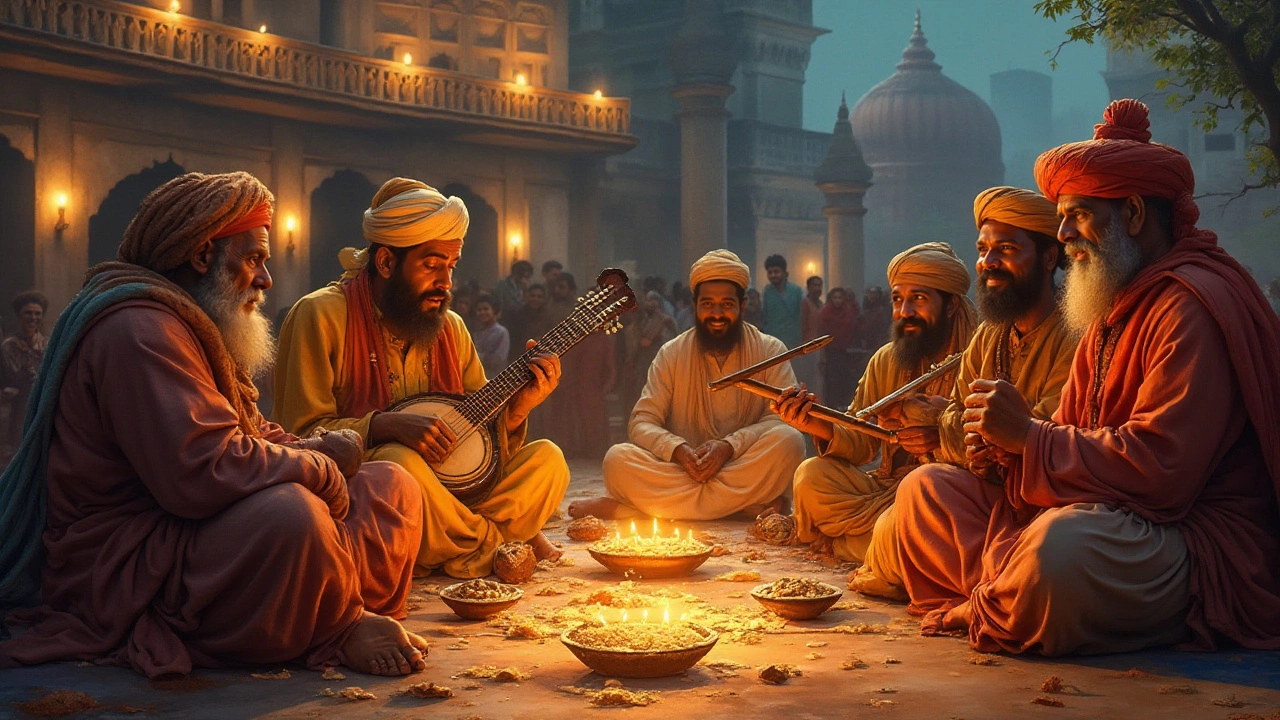Hindu Musicians: Voices and Beats Shaping Indian Culture
If you’ve ever heard a soulful raga or a lively bhajan, chances are a Hindu musician created it. These artists blend devotion, storytelling, and technical skill to give Indian music its distinctive flavor. Whether you’re a casual listener or a music student, knowing a few key names and the instruments they play helps you appreciate the depth behind every note.
Traditional Roots and Classical Legends
Classical Indian music rests on two pillars – Hindustani in the north and Carnatic in the south. In Hindustani, legends like Pandit Bhimsen Joshi, Ustad Amir Khan, and vocalist Girija Devi (who was a devout Hindu) set standards for vocal improvisation and devotion. In the south, composers such as Tyagaraja, Muthuswami Dikshitar, and the modern maestro M. Balamuralikrishna built a repertoire that still fuels concerts today. Their songs often praise Hindu deities, turning music into a form of worship.
Instruments matter just as much as singers. The sitar, sarod, and tabla are staples in north Indian performances, while the mridangam, veena, and violin dominate the south. Each instrument carries its own set of ragas (melodic frameworks) linked to specific times of day or emotions, making the performance a spiritual experience.
Modern Stars and Fusion Trends
Today, Hindu musicians are breaking old boundaries. singers like Shreya Ghoshal and Arijit Singh blend film music with classical touches, while instrumentalists such as Pandit Ravi Shankar popularized the sitar worldwide. Fusion groups like Indian Ocean mix folk tunes, rock, and bhakti lyrics, creating a sound that attracts younger audiences. Even electronic producers are sampling traditional ragas, proving that devotional music can sit comfortably in a club.
What ties all these artists together is a shared respect for their cultural roots. Many still perform at temple festivals, puja ceremonies, and community gatherings, keeping ancient traditions alive in a modern world. By supporting their concerts, streaming their tracks, or simply listening to a bhajan during a quiet evening, you become part of that living heritage.
So the next time you hear a haunting melody or an uplifting chant, ask yourself: who’s behind it? Knowing the story of Hindu musicians adds a layer of meaning that turns simple listening into a richer, more connected experience.
